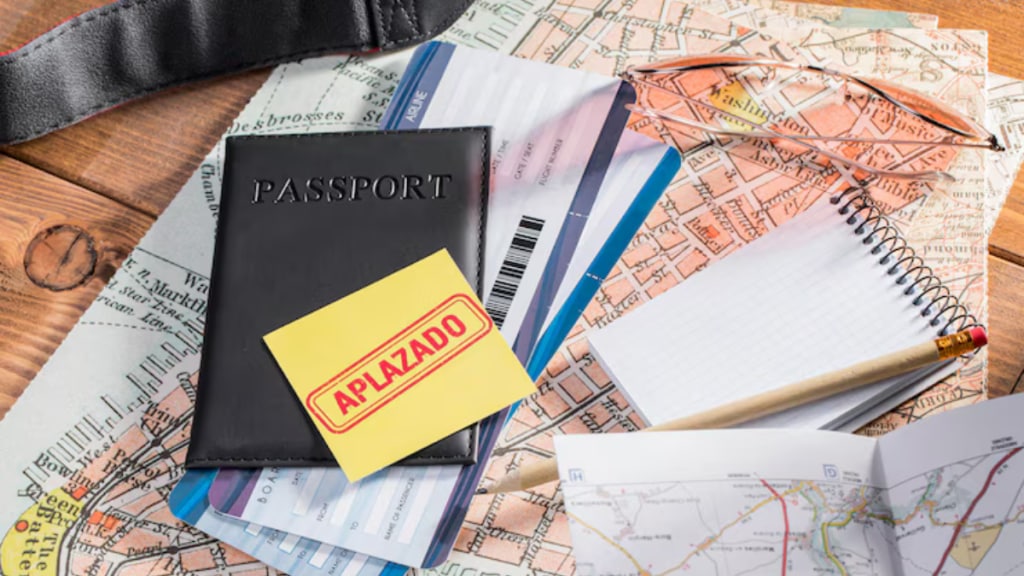Since the mid-1970s, Italy has changed from a country where people emigrated to a country where people immigrated. This change became more noticeable in the mid-1990s, as the number of non-EU residents in Italy increased significantly. Immigrants came from various regions, including North Africa, East Asia, and South Asia, with Indians becoming a prominent community in Italy.
In the 1990s, Italy’s immigration laws, particularly the Martelli Law (Law 39/90), encouraged the settlement of immigrants and allowed unskilled labour immigration. During this period, many chose Italy due to strict border policies in the UK and northern Europe. Italy admitted 32,000 Indian asylum seekers between 1985 and 1990. By the late 1990s, many Indians moved to Italy to work, mainly in agriculture.
Population Growth and Distribution
The Indian population in Italy has steadily increased. Initially, the community was mostly composed of male, unskilled labourers from Punjab and Haryana in northern India. In 1991, there were 4,137 Indian nationals in Italy. By 2001, this number grew to 27,188, and by 2011, it reached 116,797. By 2014, the population was 147,815, and as of January 2023, it stands at 167,333, making up 3.25percent of the foreign nationals in Italy.
The Indian diaspora in Italy is the largest in the EU, followed by Germany and Spain. After the UK, Italy has the second-largest number of registered Indian immigrants in Europe. Indians are the seventh-largest foreign community in Italy and the sixth-largest non-EU community.
Geographical Distribution
Most Indians in Italy live in the northern regions, with 60.36percent residing there. Lombardy has the largest share with 30.5percent, followed by Emilia Romagna with 10.6percent. In Lombardy, the province of Cremona has a particularly high concentration of Indians, mainly from Punjab.
Milan, the financial capital of Italy, is home to around 70,000 Indians, mostly from Punjab (85percent) and Haryana (10percent). Many work in agriculture, dairy farming, and factories. Some have started their own businesses, including restaurants, grocery stores, and vehicle repair centers. There are also about 1,500 Indians from Maharashtra and South India in Milan, working in IT, gems/diamonds, and restaurants. Other significant populations are in Brescia (30,000), Bergamo (10,000), and Cremona (8,000).
In central Italy, particularly the Lazio Region, 26.3percent of the Indian population resides, with a significant number in Rome, home to about 20,000 Indians. Southern Italy and the islands host 13percent of the Indian population, with 4.5percent in the Campania Region.
Sociological and Economic Features
The Indian community in Italy has a strong presence of young adults, with 39percent aged between 30 and 44. Minors make up 22percent of the community, reflecting the presence of family units and a high birth rate.
In 2022, 14,479 new stay permits were granted to Indians, with most entering for family reasons (44.1percent), work (36.8percent), study (12.4percent), and other reasons like religion and health (6.8percent). Additionally, 5,437 Indians acquired Italian citizenship in 2022, mostly through residence/naturalization.
India is the seventh-largest destination for remittances from Italy, with the Indian community sending €413 million back to India in 2022, a 26.2percent increase since 2017.
The large Punjabi community, predominantly Sikh, makes up over 70percent of the Indian diaspora in Italy. There are around 120,000 Sikhs and over 80 Gurudwaras across Italy. Other Indians come from various regions like Gujarat, Maharashtra, and Kerala, and follow different religions such as Hinduism, Islam, and Christianity. Most Indians work in agriculture (34.8percent) and industry (32.8percent), with others in commerce and services.
Employment and Entrepreneurship
Manual labour, both skilled and unskilled, involves over 80percent of Indian workers in Italy. About 43.6percent are unskilled labourers, while 39.4percent are skilled. The rest work in offices, sales, and personal services, with a small number in managerial and professional roles.
A growing number of Indians are becoming entrepreneurs. In 2021, 7,734 sole proprietorships were owned by Indians, mainly in Lazio, Lombardia, and Campania. The Indian community is largely made up of non-qualified male labourers, but there are also urban professionals, especially among the Christian community from Kerala.
Education and Students
Indian students are increasingly choosing Italy for its specialized courses in fashion, design, and luxury brand management. Universities like Domus Academy, University of Florence, and Politecnico di Milano offer popular courses. The low cost of education and availability of scholarships also attract Indian students.
In the 2022/2023 academic year, 6,709 Indian students were enrolled in Italian universities, a significant increase from 534 students in 2010/2011. Most Indian students study engineering, finance, economics, and medicine. However, many students do not stay in Italy after graduation due to language barriers and prefer moving to English-speaking countries.
Integration and Community Life
Various Indian cultural organizations have been established in Italy, often linked to religious and traditional festivals. These events mainly serve the Indian community, with limited involvement from the local population. The Italian Hindu Union organizes religious and cultural festivals, and Diwali has been officially recognized in Italy since 2013.
Overall, the Indian diaspora in Italy is a vibrant and growing community, contributing significantly to the country’s social and economic fabric. The community continues to maintain strong cultural ties to India while integrating into Italian society.

